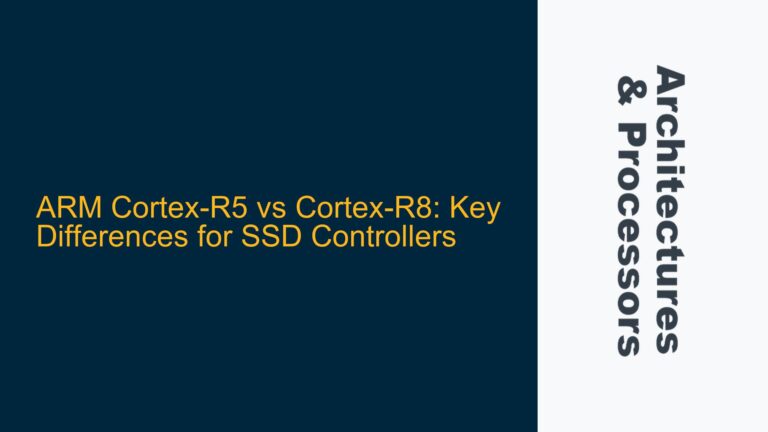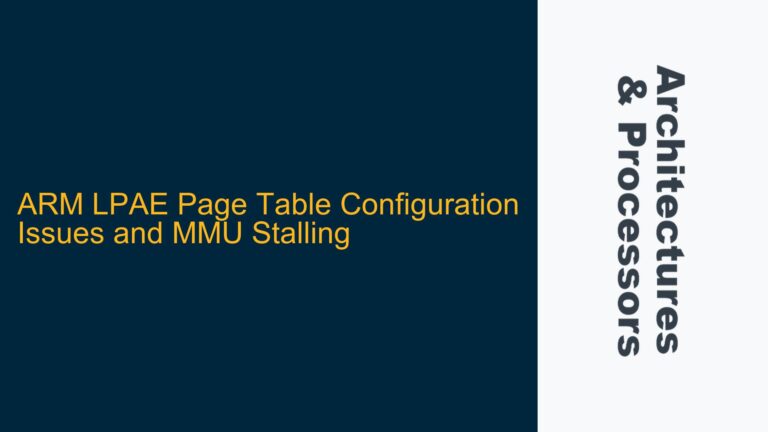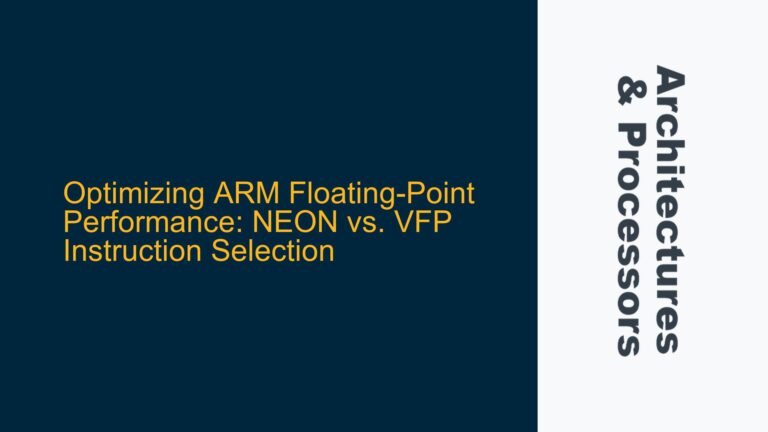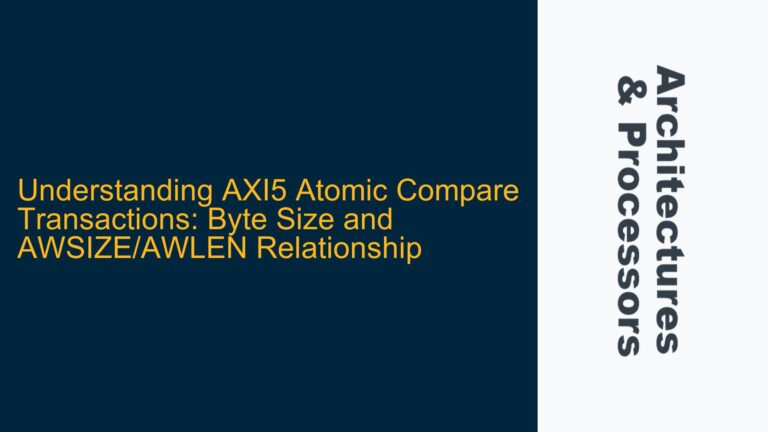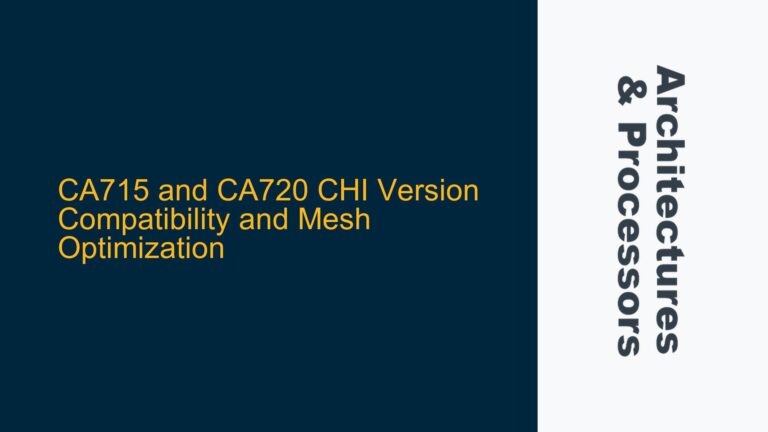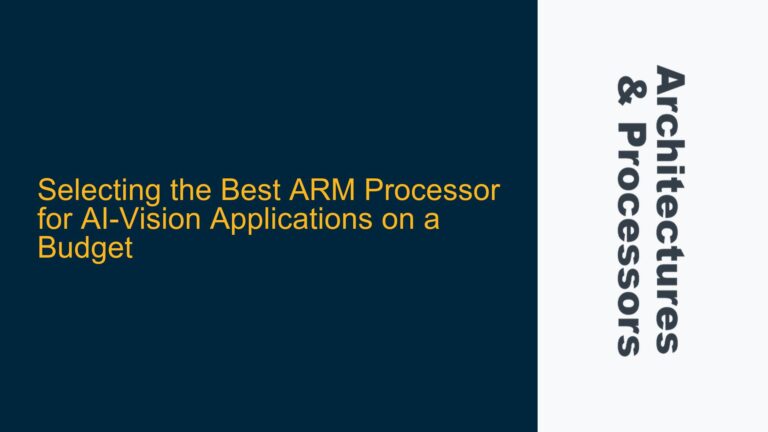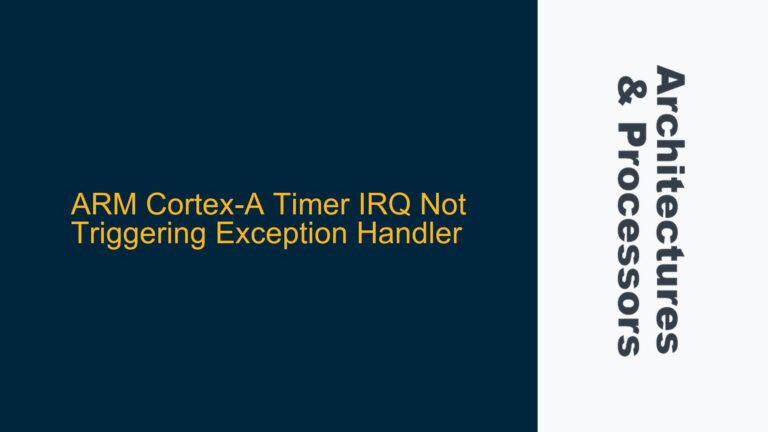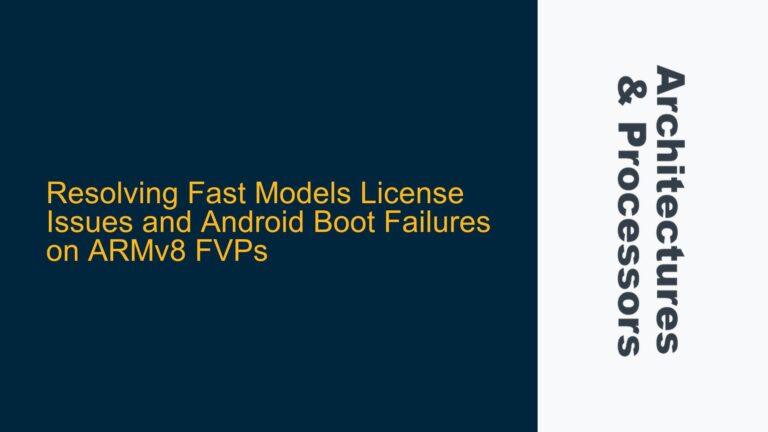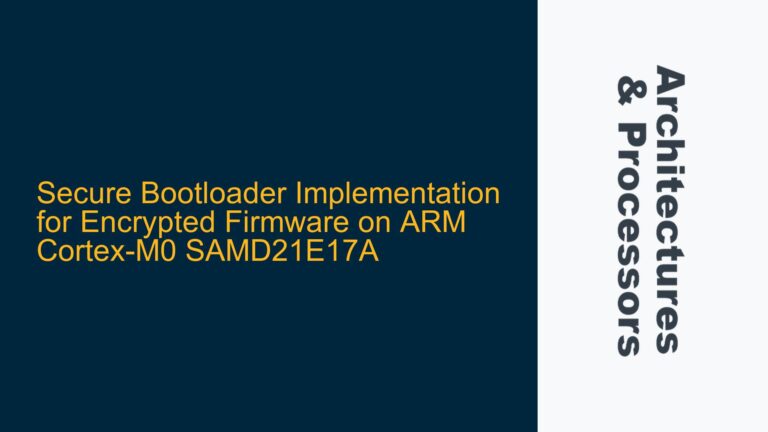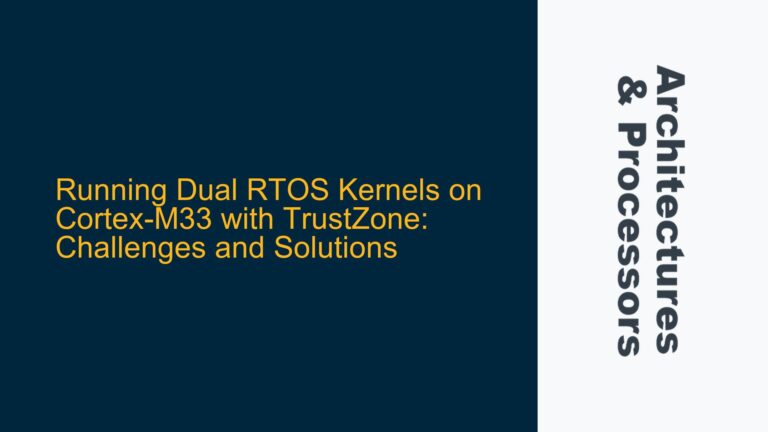ARM Cortex-R5 vs Cortex-R8: Key Differences for SSD Controllers
ARM Cortex-R5 and Cortex-R8 Architectural Overview for SSD Controllers The ARM Cortex-R5 and Cortex-R8 are both real-time processors designed for high-performance embedded applications, but they differ significantly in their architectural implementations, which directly impact their suitability for SSD controllers. The Cortex-R5 is a single-core or dual-core processor optimized for deterministic real-time performance, while the Cortex-R8…
